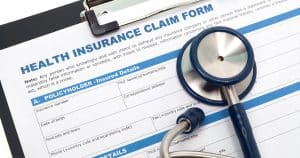Borg Drink: The Latest Hazardous Trend Sweeping Social Media
A binge-drinking trend–Borg drinks, the latest social media trend today on Tiktok involving Gen Z, despite their obvious Star Trek...


JCAHO Accredited
Sober living houses (SLHs), also called sober homes and sober living environments, are facilities that provide safe housing and supportive, structured living conditions for people exiting drug rehabilitation programs.





